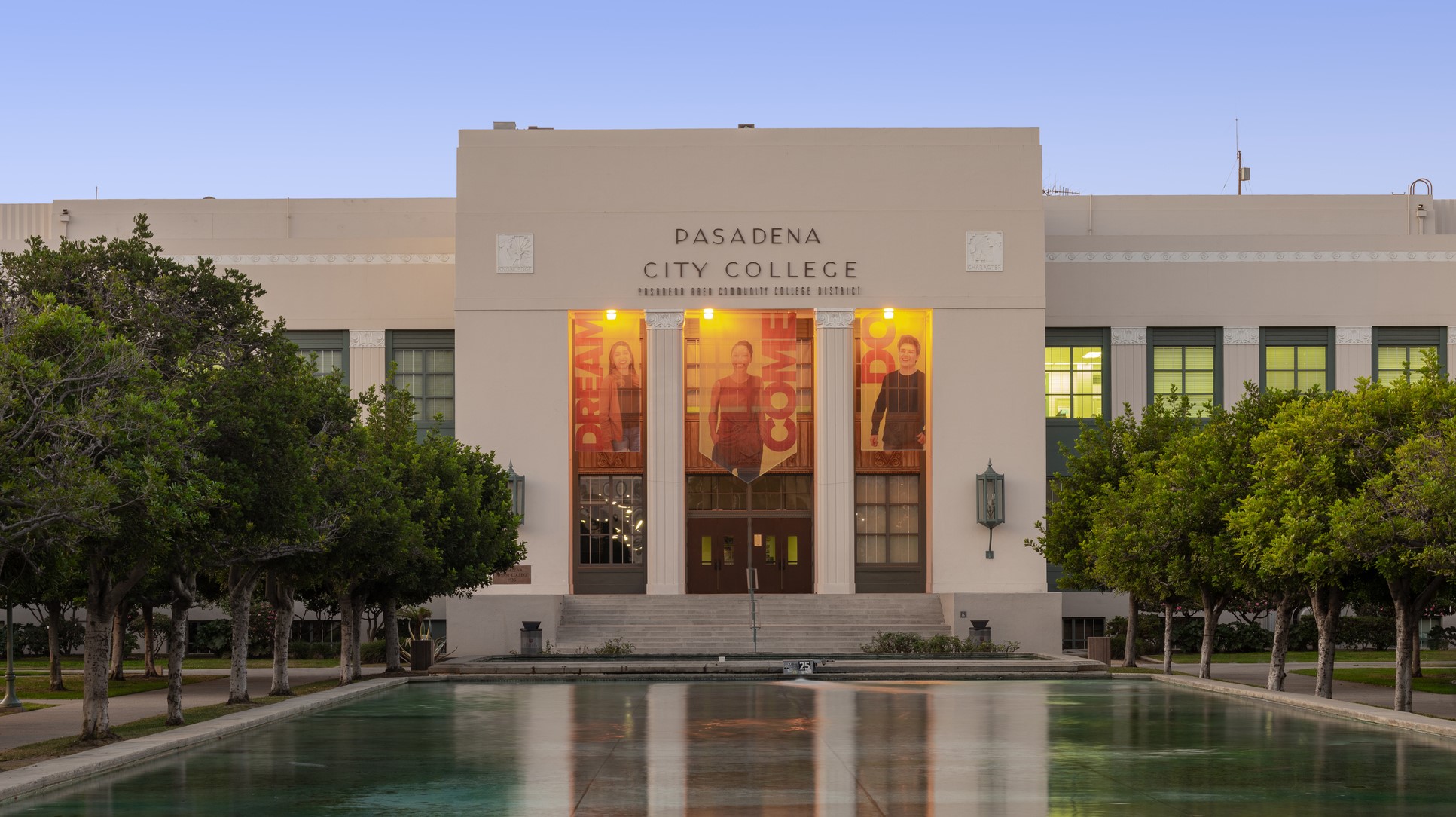California Competes: Higher Education for a Strong Economy
A new report by California Competes: Higher Education for a Stronger Economy (California Competes) discusses the barriers and opportunities for building partnerships between higher education providers and regional and local employers. The scholastic think tank coordinates the efforts of government, education, business, and policy experts to forge partnerships that develop solutions to solve California’s economic and social problems. Leadership bodies across the State rely on its research that connects common goals across higher education, equity and equality goals, and industrial ambitions to build solutions and develop as-yet unrealized potential.
Broad Reach + Inclusive Action = Student Success
Launched in 2011, the California Competes organization has experienced notable success in its advocacy for inclusivity and enlightened practices across California’s community college environment.
One population of California Community College (CCC) students that is gaining increasing attention from both this group and the California Community College Chancellors Office (CCCCO) is its growing cohort of nontraditional learners. Typically, nontraditional learners are over the age of 25, enter school after military service, work history, or other civic activities, and often have previously achieved credentials and awards. Currently, they comprise 43% of California’s Community College student population, and more than half of those are people of color. Additionally, another six million potential learners in the State have high school diplomas but no further degree or certification. The collective skills, talents, and capacities of these populations offer highly valuable resources for many industries and businesses but are overlooked because of the lack of official recognition.
The California Competes panel contemplated that these populations bring with them existing and valid learning successes that can or should be recognized within their CCC academic transcript. The challenge was to quantify them in ways that accomplished the institutional requirements for their diplomas. In its “Credit for Prior Learning Initiative,” the CCCCO determined that students with previous life skills and abilities could apply those as college credits to their transcripts. Doing so helps them complete their programs faster, increase the value they receive from the school, and underscore the significant economic and equitable benefits that flow when a person’s achievements are appropriately recognized. While the initiative is still in development, the CCCCO already recognizes those individual college campuses that accept military and workplace training as authentic educational experiences, as well as the procedures they follow to validate those claims.
Other California Competes initiatives assist different nontraditional student populations in achieving the education and credentialing they seek:
For students who don’t have the time or opportunity to complete a regularly scheduled college course or program, California Competes advocates utilizing a “Competency-Based Education” (CBE) strategy that accepts demonstration of knowledge or skills mastery as evidence of course comprehension. The organization provides guidelines for schools with which to measure varying competencies in appropriate CBE programs.
Students who are also parents fall into the nontraditional learner cohort, as well. These learners include students on parental leave, pregnant students, and students with dependent care responsibilities. Hundreds of thousands of CC learners have dependent children and, therefore, have a greater financial need than their non-parenting colleagues. Further, they are less likely to persist at school from year to year or to graduate with a diploma, degree, or certification.
To address the very specific needs of this group, California Competes recommends using a dedicated pathway both to and through the higher education system to support both the student parent and their child. Recommended activities at each CCC include, for example, enhanced childcare opportunities, reduced fees or improved affordability for student parents, and facility design that accommodates the needs of these families.
Driven by Data
Another ambition of the California Competes organization is to (finally) bring the State’s educational data collection system into the 21st century through its unique “Cradle to Career Education Data Initiative.” Currently, California is one of just a handful of states that have no post-secondary education data links to either workforce information or K-12 educational data. Yet, like other states in the nation, California recognizes that connecting educational data with workforce data is the only way to fully understand how its educational system is supporting its industrial and economic foundations.
Of course, developing, implementing, and managing such a complex data collection and organization strategy presents immense challenges:
At present, the State permits its K-12 system and each of the three public higher education segments to report their student outcome data in the format of their choosing. None of these four systems coordinate with the others, so there is no way for any organization to accurately track a student’s activities through its organization and into either another school or the work world.
At the same time, there is no system in place to track what happens to students who leave school prematurely. These students may attend other schools, find successful employment, or both, but none of the educational entities they attended previously have a way to know where they went or what they may have achieved.
Not insignificant is the fact that the current system does not track those graduates of the two-year school who continue on and achieve a degree at a four-year school. The lack of this information means that the two-year school does not know about the long-term success of their graduate.
The “Cradle to Career” data collection system seeks to remedy these situations by coordinating language, structure, collection points, and other relevant data across all four educational sectors as well as the workforce sector to follow the progress of individual students from kindergarten to college graduation and beyond.
The system will also track data to inform the educational sector and its ancillary social services agencies, financial aid providers, and employer partners about relevant education and workforce drivers that require attention, including but not limited to:
the breadth and scope of supports students need to stay in school, graduate, and obtain work;
information helpful for teachers, parents, advisors, and employers regarding opportunities and decision-making capacities;
providing agency information to ensure educational, social services programs, and workforce initiatives respond to emerging education and workforce demands.
The aggregated data will inform policymakers about services, education and workforce trends, education budgeting, and other critical social service incidentals so that State, regional, and local budgeting reflects and supports those economic foundations.
California Competes is led by Dr. Su Jin Jez (listen to her podcast here), who brings her years of California-focused Educational Leadership experience to this critically important education and public policy enterprise.
































